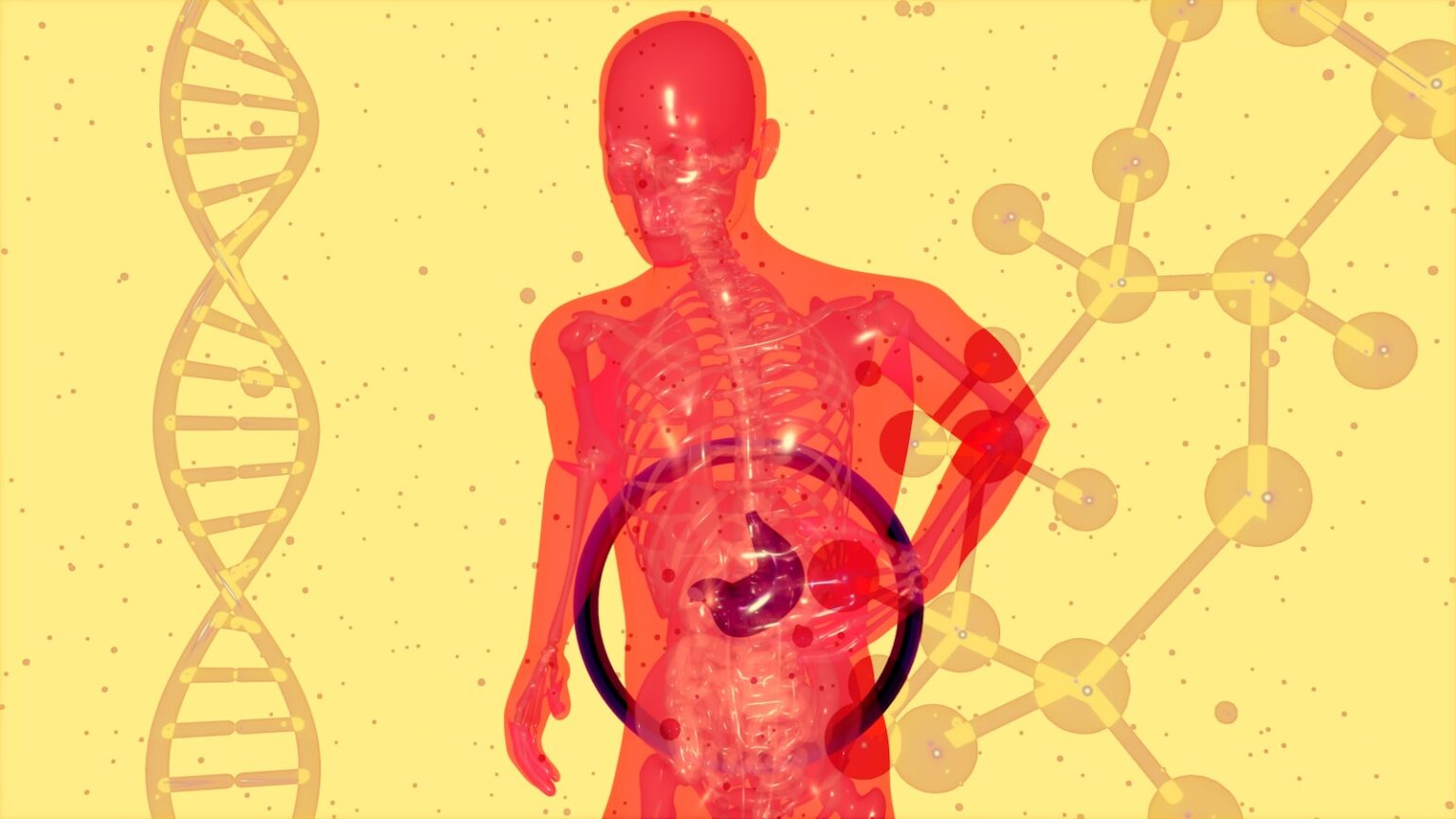Heavy drinking over time may cause liver problems related to alcohol. However, people who use little to no alcohol may also get liver problems. A disorder where excess fat builds up in the liver is called metabolic-dysfunction associated steatotic liver disease (MASLD), which was previously known as nonalcoholic fatty liver disease (NAFLD).
Recognise The Disease
Roughly 25% of adult Americans suffer from MASLD, making it a relatively common disorder. According to research, the following factors may increase your risk of developing MASLD:
a. Possess obesity or extra weight
b. Either have Type 2 diabetes or are insulin resistant.
c. Have high blood pressure, high cholesterol, pre-diabetes, or diabetes, or possess one or more characteristics of the metabolic syndrome.Normal symptoms for MASLD are absent. Over time, non-alcoholic steatohepatitis (NASH) or metabolic dysfunction-associated steatohepatitis (MASH), which is characterised by inflammation in the liver, can develop from MASLD. Fibrosis and perhaps cirrhosis can result from the inflammation. Liver cancer is one consequence of cirrhosis.
Your medical team may do a liver biopsy, imaging studies, or blood testing to diagnose MASLD. These measurements also assist in figuring out whether the illness has advanced to MASH. The reason why some persons acquire MASH while others do not is still a mystery to medical specialists.
Options for Treatment
Physical activity and dietary modifications have been proven to be successful treatments for MASLD. Losing weight can aid in the fight against hepatic fibrosis, inflammation, and fat accumulation.
Remain physically active, eat a balanced diet, keep a healthy weight, and drink alcohol in moderation (no more than one drink per day for women* or two for men) to help avoid fat accumulation in your liver. If you struggle with any of these, get in touch with your care team so they can assist you in creating a plan that suits your needs and your health objectives.












